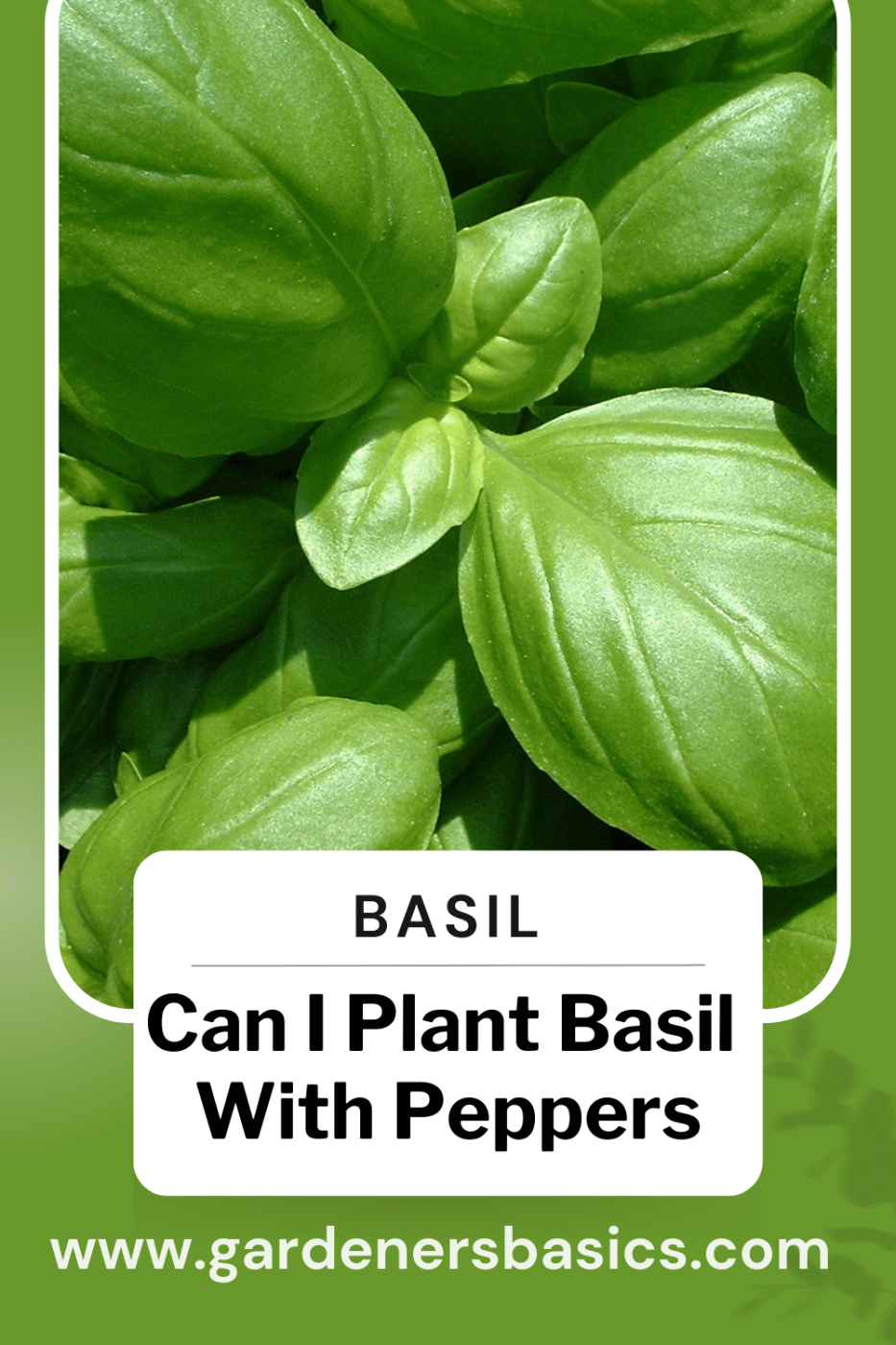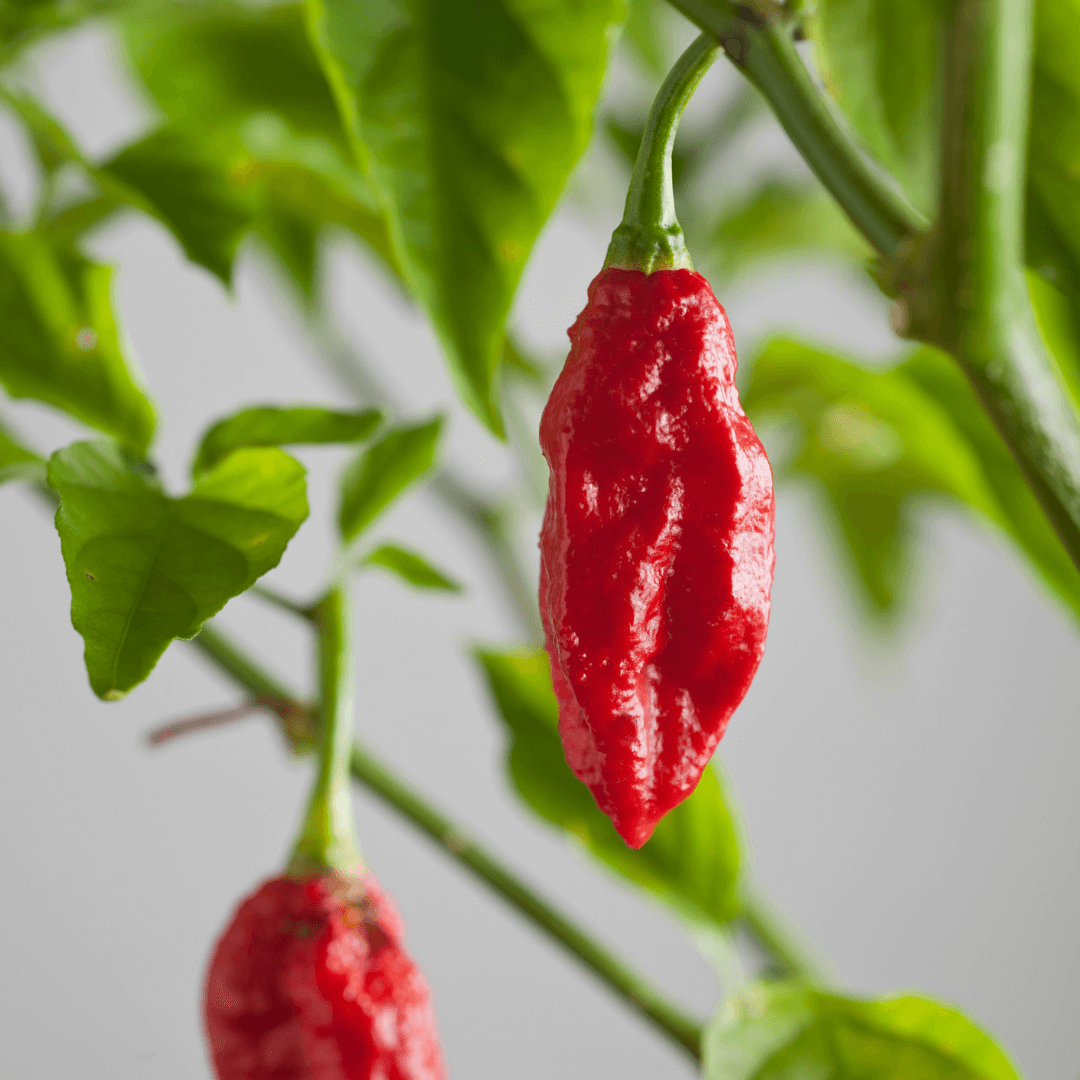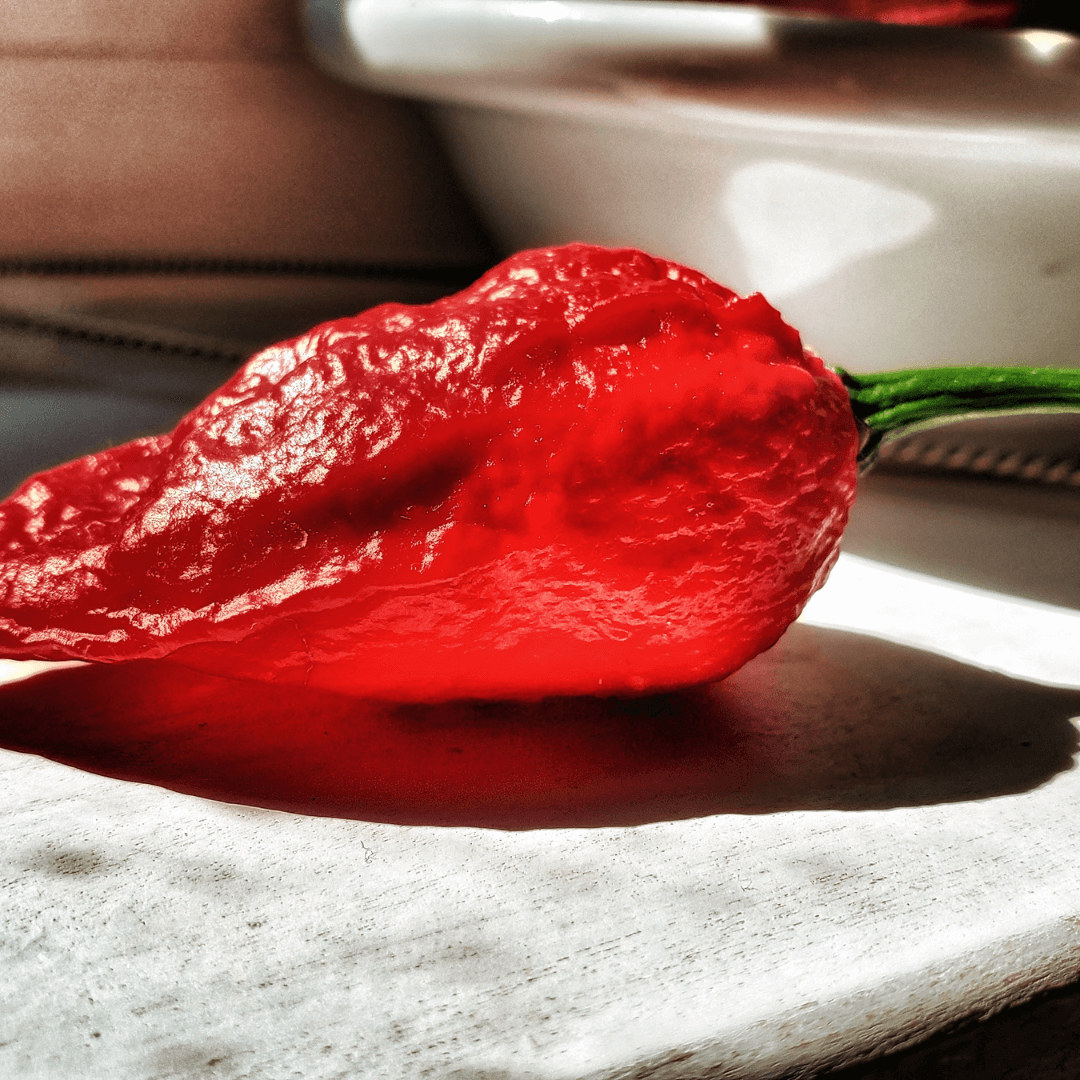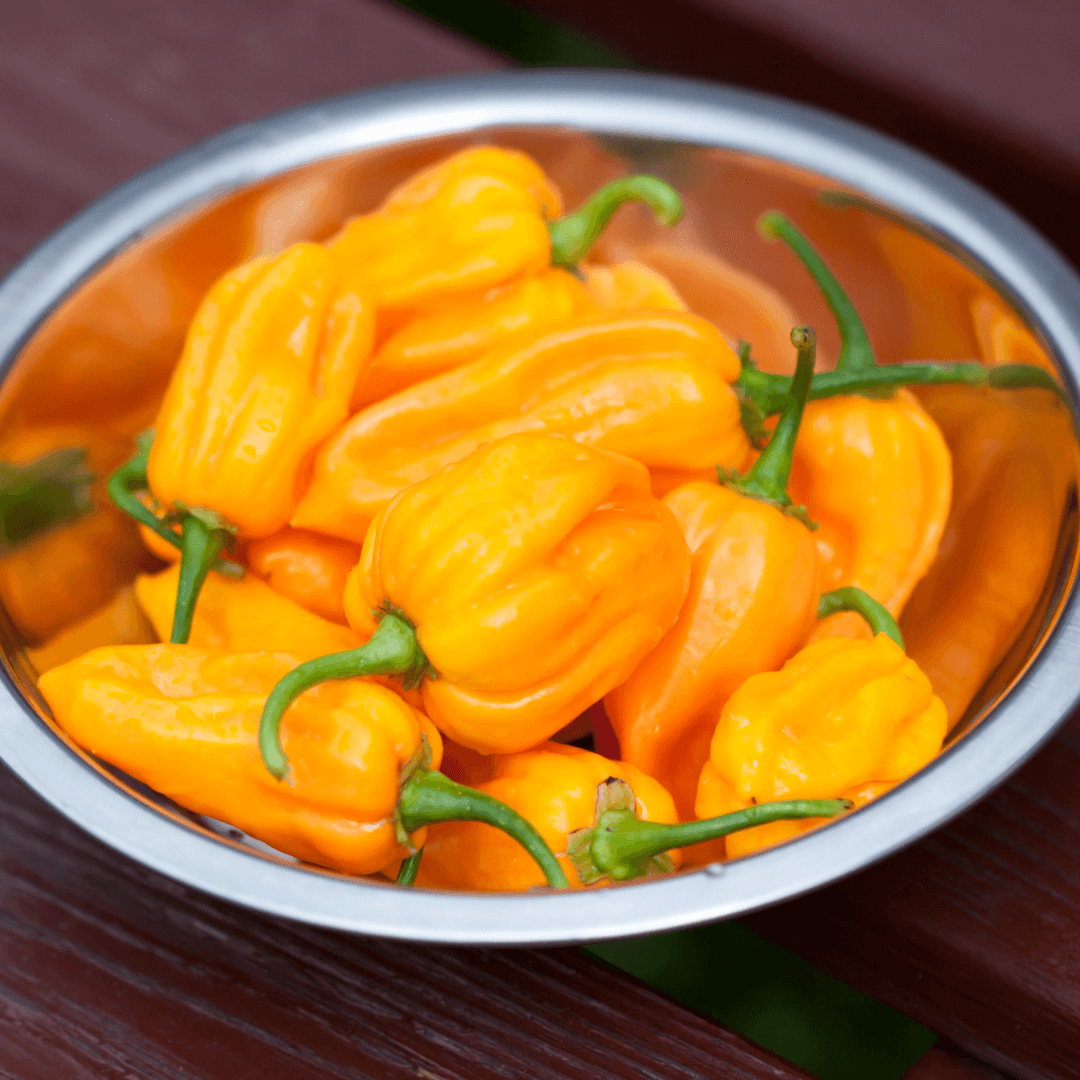As a dedicated gardener, I always look for ways to optimize my garden's growth and create a healthy environment for my plants. One common question I often receive is, "Can I plant basil with peppers?" The answer is a resounding yes! Basil and peppers make great companion plants, and in this in-depth article, I will walk you through the benefits and the step-by-step guide to planting them together.
Table of Contents
- Introduction to Companion Planting
- Basil: A Great Companion Plant for Peppers
- Benefits of Planting Basil with Peppers
- Choosing Your Basil and Pepper Seeds
- Preparing the Soil
- Planting Basil and Peppers Together
- Caring for Your Basil and Pepper Plants
- Common Pests and How to Deal with Them
Introduction to Companion Planting
Companion planting is a gardening technique where two or more plant species are grown close to support each other's growth and health. Growing basil and peppers together can be very beneficial. This can be achieved by deterring pests, fixing nitrogen, attracting beneficial insects, and improving soil health.
Basil: A Great Companion Plant for Peppers
Basil (Ocimum basilicum) is an easy-to-grow herb that is a great companion plant for peppers. Not only does it enhance the flavor of the peppers, but it also helps repel pests like aphids and whiteflies. Additionally, basil attracts pollinators, which are crucial for pepper plants to produce fruit.
Benefits of Planting Basil with Peppers
There are numerous advantages to planting basil and peppers together:
- Attracting beneficial insects: Basil's strong scent attracts pollinators like bees and butterflies, which help pepper plants produce fruit.
- Deterring pests: Basil helps repel pests like aphids, whiteflies, and Japanese beetles.
- Acting as a trap crop: Basil can act as a trap crop, luring pests away from your pepper plants.
- Improving soil health: Basil slightly prefers acidic soil, which can benefit pepper plants, as they also prefer fine acidity.
- Saving space: If you're tight on space, interplanting basil with your bell peppers can help you make the most of your garden area.
Choosing Your Basil and Pepper Seeds
To get started, you'll need to select basil and pepper seeds. Consider using heirloom seeds, which produce plants with superior flavor and pest resistance.
Basil Seeds
There are wide varieties of basil seeds, but some of the most popular for companion planting with peppers include Genovese, Thai, and Lemon basil.
Pepper Seeds
Peppers (Capsicum spp.) are a nightshade family member and come in many shapes, sizes, and heat levels. Popular pepper companion plants for basil include bell peppers, jalapeños, and habaneros.
Preparing the Soil
Both basil and peppers thrive in well-draining soil with a slight acidity (pH 6.0-6.5). Before planting, amend your garden bed with organic matter like compost or aged manure to improve soil structure and fertility.
Planting Basil and Peppers Together
Follow this step-by-step guide to planting basil and peppers together:
- Start seeds indoors: Start your basil and pepper seeds indoors 6-8 weeks before the last frost date. This will give them a head start and allow you to transplant healthy seedlings into your garden.
- Harden off seedlings: Once the risk of frost has passed, gradually acclimate your seedlings to outdoor conditions over 7-10 days. This will help them adjust to temperature fluctuations and sunlight.
- Choose a sunny location: Both basil and peppers require at least 6-8 hours of direct sunlight per day to grow and produce fruit. Select a spot in your garden that receives ample sunlight.
- Spacing: Peppers can be planted 18-24 inches apart, with rows spaced 24-36 inches apart. Plant basil seedlings approximately 12 inches away from your pepper plants.
- Transplant seedlings: Once they have been hardened off, transplant them into your prepared garden bed. Be sure to water them well after transplanting to help establish their roots.
Caring for Your Basil and Pepper Plants
To keep your basil and pepper plants healthy and productive, follow these care tips:
- Watering: Both basil and peppers require consistent moisture, especially during dry spells. Water deeply and regularly, ensuring the soil remains evenly moist but not waterlogged.
- Fertilizing: Apply a balanced, slow-release organic fertilizer every 4-6 weeks during the growing season. This will provide your plants with the nutrients they need to thrive.
- Pruning: Regularly pinch back basil plants to encourage bushy growth and prevent flowering. For pepper plants, remove any suckers (small shoots that grow at the base of the plant) to direct energy toward fruit production.
- Mulching: Apply a 2-3 inch layer of organic mulch around your plants to help conserve moisture, regulate soil temperature, and suppress weeds.
 Common Pests and How to Deal with Them
Common Pests and How to Deal with Them
Despite basil's pest-repellent qualities, you may still encounter some common pests in your garden:
- Aphids: These small, soft-bodied insects can be controlled by releasing beneficial insects like ladybugs, spraying plants with water, or applying insecticidal soap.
- Whiteflies: Introduce natural predators like lacewings, or use yellow sticky traps to capture these pests. Add insecticidal soap or neem oil to control infestations as a last resort.
- Japanese Beetles: Handpick these pests from your plants and drop them into a bucket of soapy water. Alternatively, you can use floating row covers to protect your plants or apply neem oil to deter these beetles.
By planting basil with peppers, you'll enjoy the numerous benefits of companion planting and create a beautiful, diverse, and productive garden. With some planning, care, and attention, your basil and pepper plants will thrive together, providing abundant fresh, flavorful produce.





 Common Pests and How to Deal with Them
Common Pests and How to Deal with Them

